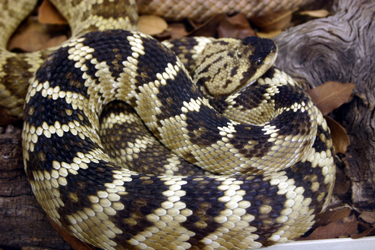Polygala species (Polygalaceae)
Description
Diminutive but gorgeous little Herb garden plants, milkworts are well worth the trouble involved in sourcing them, as they make a fine addition to the border of any garden; both for their size (400 to 500mm) and their impact. Milkwort forms its own little family groupings and gives a very fine showing when these are established. The purple/blue flowers (British plants) pirouette above their supporting ground level foliage, for all the world like blue bees busily at work and are at their best from latish Spring until midsummer. Roots are small and convoluted.
History
The genus is named after its supposed virtue of visibly increasing milk yield in cows when they graze on milkwort. Numerous species are extant, preferring well drained banks, grasslands, hillsides and heathland. P. vulgaris is the variety most commonly seen in British herb gardens; other varieties are grown but are rare. The variety indigenous to The United States has white flowers and is called P. senega after the Seneca Indians; these plants favour a drier, more rocky environment than their British cousins.
The Seneca Indians were observed to use the stored milkwort roots to treat rattlesnake bites. A medical doctor in Pennsylvania further observed that the symptoms of snakebite appeared similar to those experienced by people suffering from severe respiratory ailments such as bronchitis and pneumonia. Subsequent experiments led to the American plants being introduced to Britain in the mid 18th century and being recognized as a unique member of the milkwort clan as healing herbs in their own right. Other family members were discovered to have similar virtues and their roots were successfully used in the same way as P. senega.
Usage
The roots are used in various healing potions, although their popularity is now waning. Extracts and teas are still used for a tonic, as a mild laxative and as a remedy for bronchial congestion. Note that their is some doubt regarding their reputation for increasing milk flow in nursing mothers.
Cultivation
Propagate by root division of an existing plant is the practical method, as seeds are scarce. Generally speaking a well drained alkaline soil will suit most milkworts.
The Author:
Pete Steel has grown herbs for 25 years in several different climates and soils. He gives out herb garden information and writes about herb garden plants.
